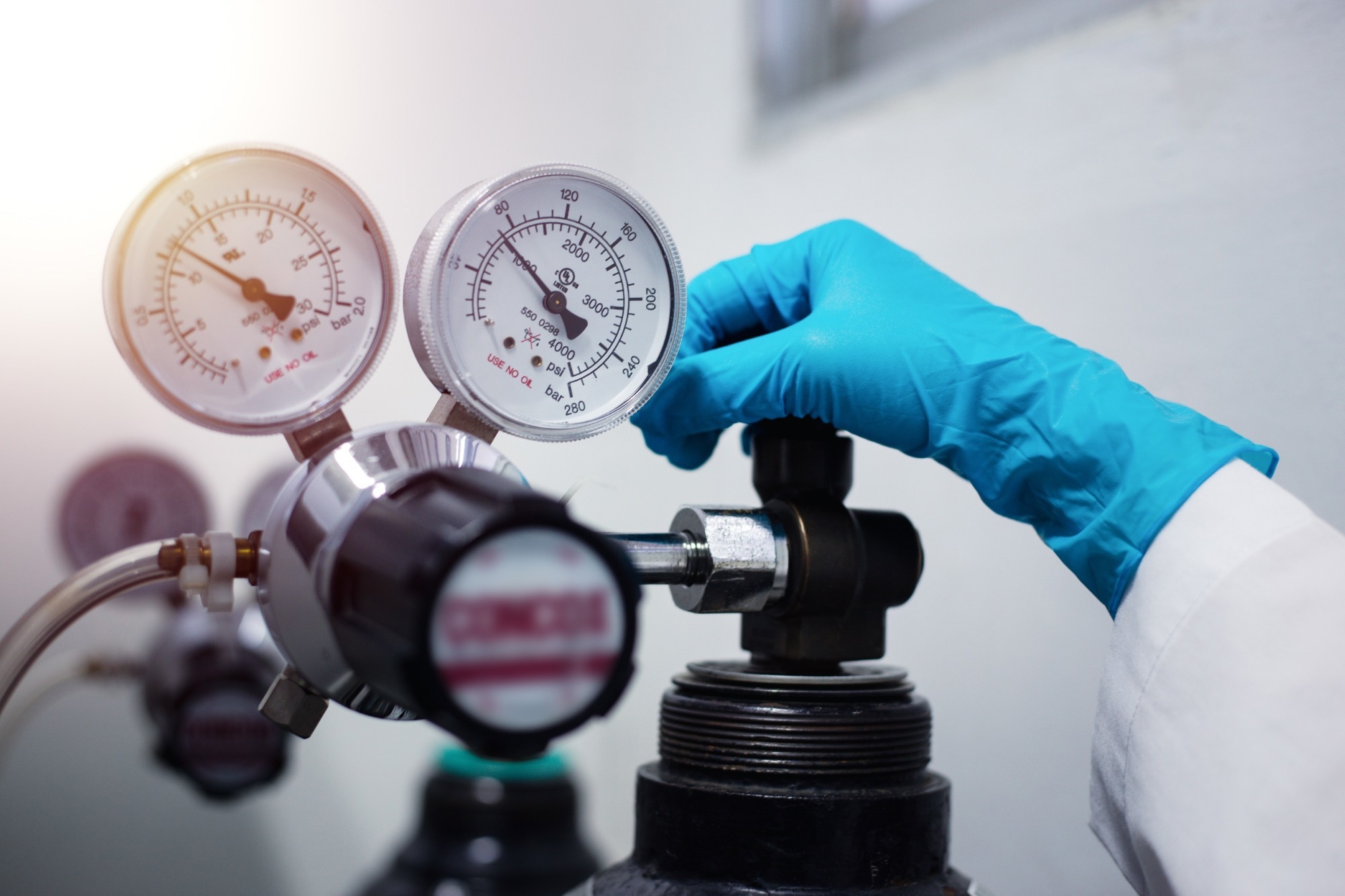Gas analysis plays a pivotal role in various scientific fields, as well as environmental monitoring and industrial processes, to assure the well-being and security of personnel and their workplace. To accurately gauge and assess gases, dependable detectors are essential.
A commonly employed gas analysis tool is the thermopile detector, which transforms thermal energy into electrical energy. This article delves into the incorporation of thermopile detectors in gas analysis and their paramount importance in this realm.

Image Credit: S. Singha/Shutterstock.com
Thermopile Detectors
Thermopile detectors find frequent applications in non-contact measurement scenarios, especially in gas analysis. They comprise multiple thermocouples organized in a sequence and convert radiation energy into electrical energy based on the non-dispersive infrared (NDIR) principle of gas measurement.1
When infrared radiation travels through a gas specimen, specific wavelengths are absorbed by the gas molecules. The degree of absorbed radiation directly correlates with the gas concentration.
Thermopile detectors can assess the temperature difference induced by the absorbed radiation, translating it into an electrical signal for gas concentration evaluation.
How Thermopile Detectors are Used in Gas Analysis
Thermopile detectors serve as indispensable tools across a wide array of gas analysis applications, from research to industrial contexts, to measure and evaluate diverse gas types. Common examples include carbon dioxide, carbon monoxide, and trace gases.
A primary benefit of thermopile detectors is their design, which ensures that solely the sample cell and its connected components are exposed to the gas flow under examination. In contrast, other sensors expose the sensor directly to the gas, leading to potential failure or erroneous readings.
Alongside this pivotal advantage, thermopile detectors exhibit resistance to corrosion, long-lasting durability, and resilience against damage from flammable or toxic gases. These attributes render thermopile detectors highly suitable for the precise and dependable assessment of gas quantities.
Gas analysis applications employing thermopile detectors include evolved gas analysis in chemical reactions, the monitoring of gas concentrations in industrial operations, and the analysis of trace gases in environmental research.
Compared to alternative gas analysis methods, thermopile detectors provide accuracy, heightened sensitivity, and trustworthiness.
Thermopile Detectors with Dexter Research Center
Dexter Research Center has been a foremost supplier of infrared thermopile detectors since its inception in 1977. A broad selection of thermopiles is offered, comprising top-notch Bismuth-Antimony thin-film and silicon-based radiation-sensing thermopile detectors for various sensing applications.
Dexter's expertise lies in customizing detectors to satisfy exacting requirements, culminating in enhanced detector and system functionality.
For those seeking thermopile detectors for gas analysis purposes, the search ends here. Three series of gas analysis thermopile detectors are manufactured at Dexter Research Center: 2M, 2M Quad, and ST60, each characterized by elevated sensitivity, signal-to-noise ratios, and dependability.
References
- https://www.azosensors.com/article.aspx?ArticleID=591

This information has been sourced, reviewed and adapted from materials provided by Dexter Research Center, Inc.
For more information on this source, please visit Dexter Research Center, Inc.